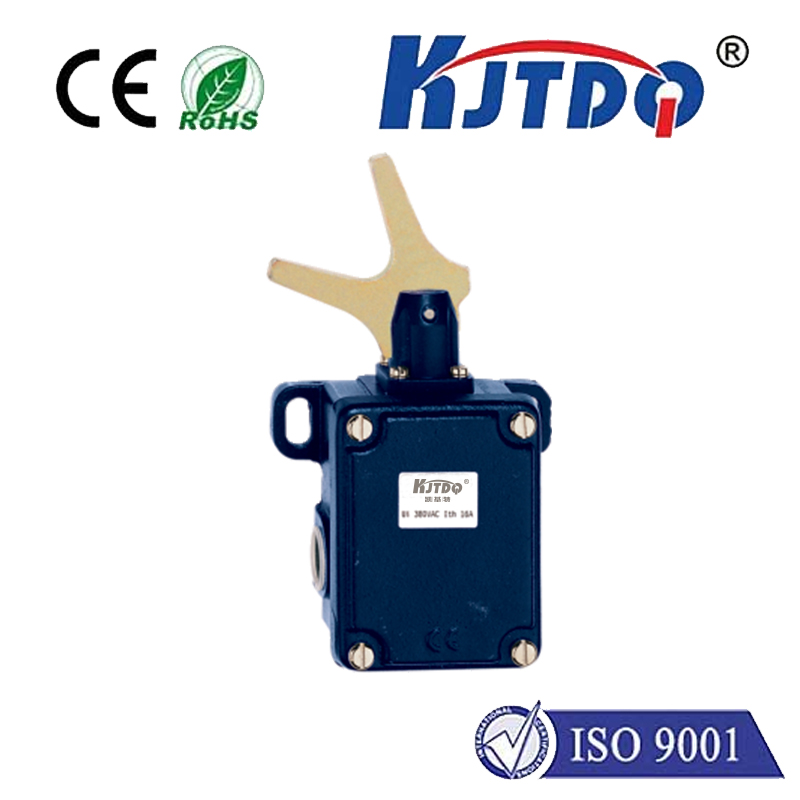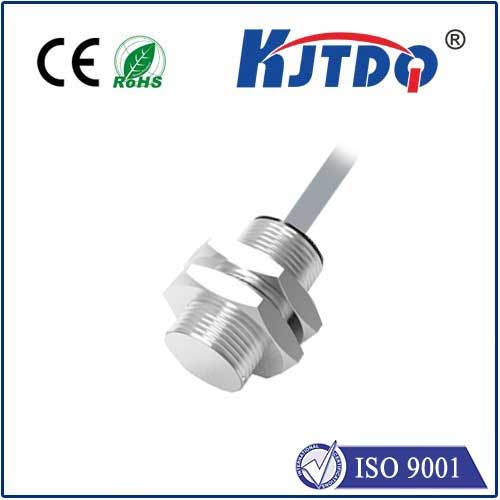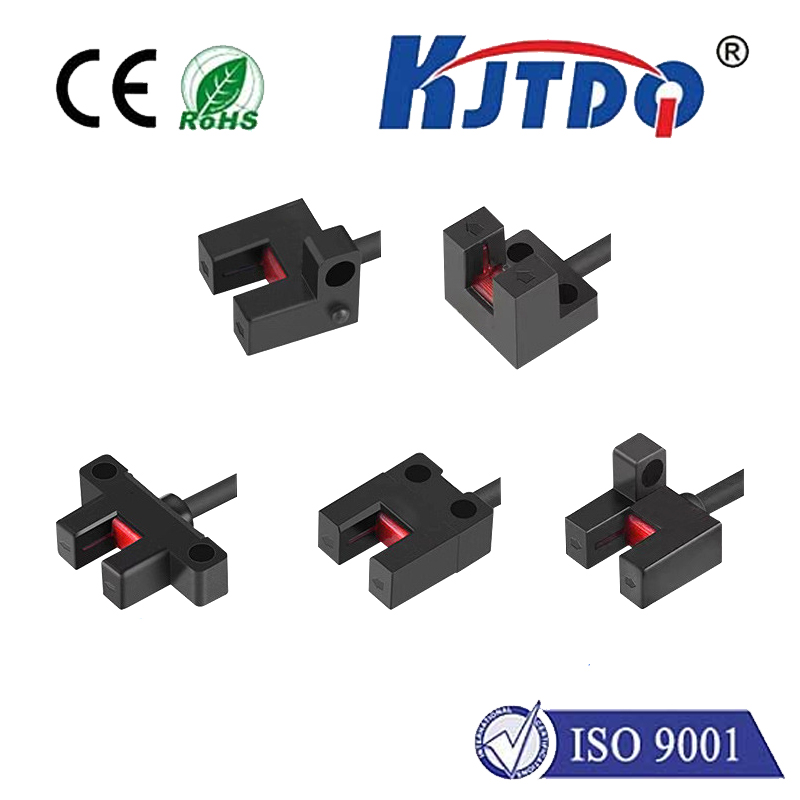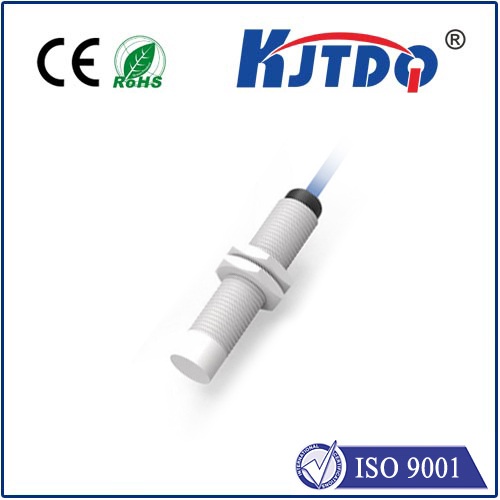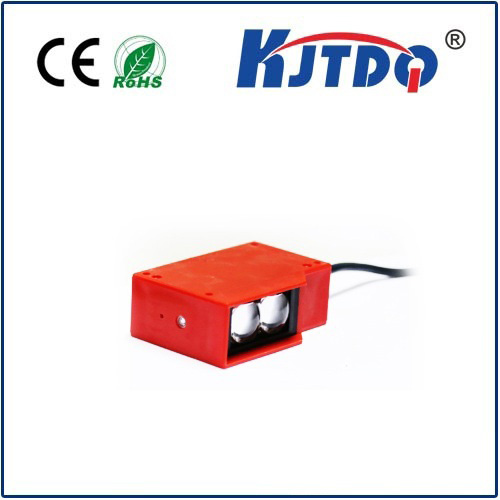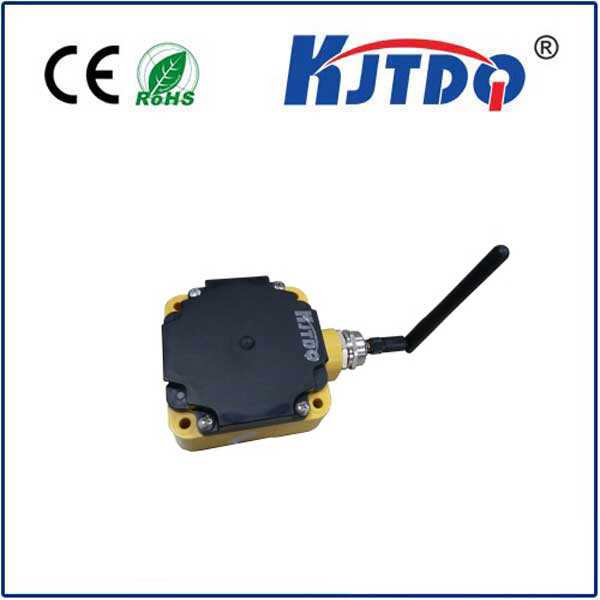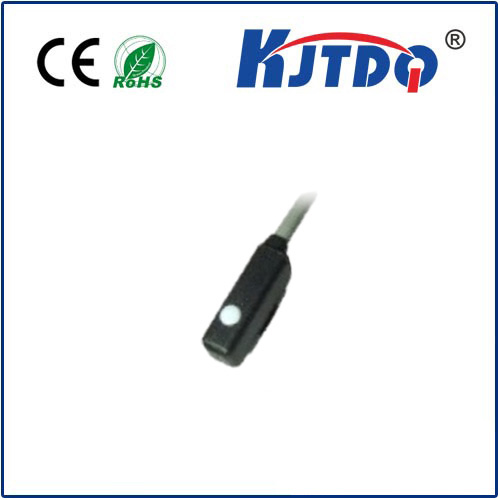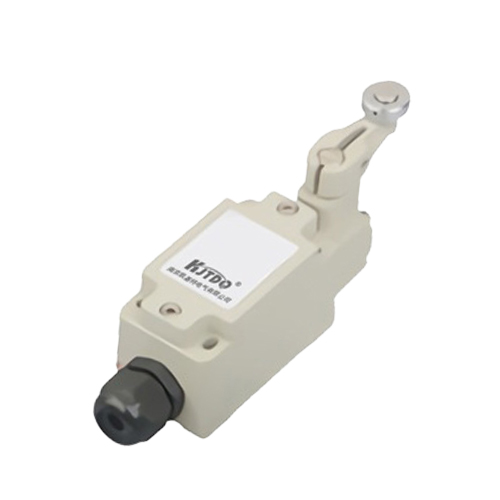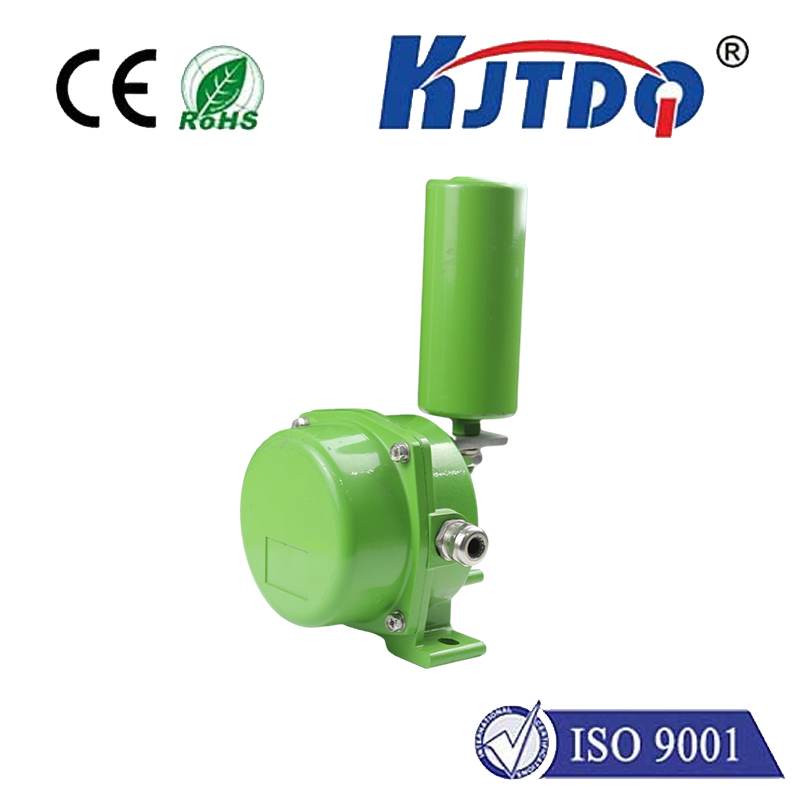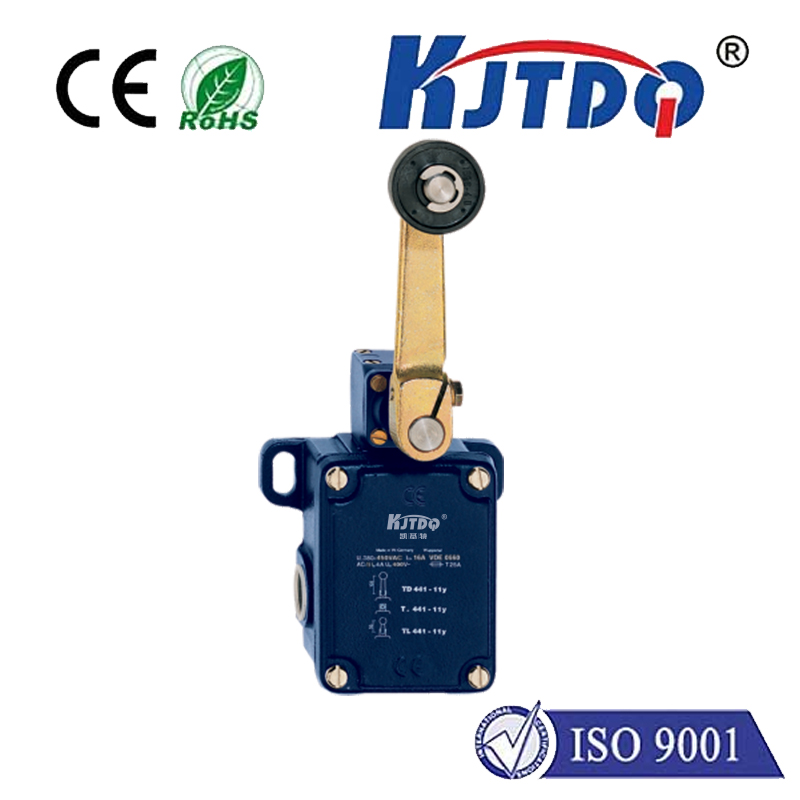

check

check

check

check
Magnetic Reed Switch Sensor: Enhancing Automation and Control in Modern Applications
In today’s rapidly evolving technological landscape, the integration of sensors has become essential for efficient automation and control systems. Among the various types of sensors, the magnetic reed switch sensor stands out as a reliable and versatile component, widely used in industrial, consumer, and automotive applications. This article explores the functionality, benefits, and practical applications of magnetic reed switch sensors, highlighting their role in modern technology.
A magnetic reed switch sensor is a type of switch that operates based on the presence of a magnetic field. It consists of two reed switches, which are tiny magnetic materials that can be magnetized and de-magnetized when exposed to a magnetic field. When the reed switch is magnetized, it closes, allowing an electrical signal to pass through, while when it is de-magnetized, it opens, interrupting the signal. This simple mechanism makes the reed switch sensor highly sensitive and responsive.

The magnetic reed switch sensor is particularly valuable in applications where a quick and reliable response is required. Unlike traditional switches, reed switches are not affected by electrical interference, making them ideal for use in environments with high electromagnetic noise. They are also compact and require minimal power, which makes them suitable for use in a wide range of devices, from simple home automation systems to complex industrial machinery.
One of the main advantages of magnetic reed switch sensors is their high sensitivity. They can detect even the slightest changes in the magnetic field, allowing for precise control in applications such as door locks, security systems, and motor control. Additionally, their durability and long operational life make them a cost-effective solution in the long run, reducing the need for frequent replacements.
In industrial settings, magnetic reed switch sensors are commonly used in automated processes to detect the presence or absence of a magnetic object. For example, in conveyor systems, they can be used to trigger the activation of a motor or a sensor when a product is detected. In robotics, reed switches are used to detect the position or movement of components, enabling precise control and automation.
Beyond industrial applications, magnetic reed switch sensors are also popular in consumer electronics. They are used in door sensors, garage door openers, and smart home devices to detect movement or proximity. These sensors are often integrated into larger systems, such as smart home networks, to provide real-time feedback and control.
The magnetic reed switch sensor is also beneficial in automotive applications. In car ignition systems, reed switches are used to detect the presence of a magnetic coil, which is essential for proper engine operation. Similarly, in anti-lock braking systems (ABS), reed switches help monitor the rotational speed of wheels, ensuring safe and efficient braking.
Despite their advantages, magnetic reed switch sensors have some limitations. They are sensitive to external magnetic fields, which can affect their performance. Therefore, they are often used in environments where magnetic interference is minimal or controlled. Additionally, they require a constant power source to maintain their functionality, which can be a consideration in battery-operated systems.
In conclusion, the magnetic reed switch sensor is a key component in modern automation and control systems, offering precision, reliability, and versatility. Its ability to detect magnetic fields makes it an essential tool in a wide range of industries and applications. As technology continues to advance, the importance of magnetic reed switch sensors will only grow, making them an indispensable part of the future of smart and automated systems.
